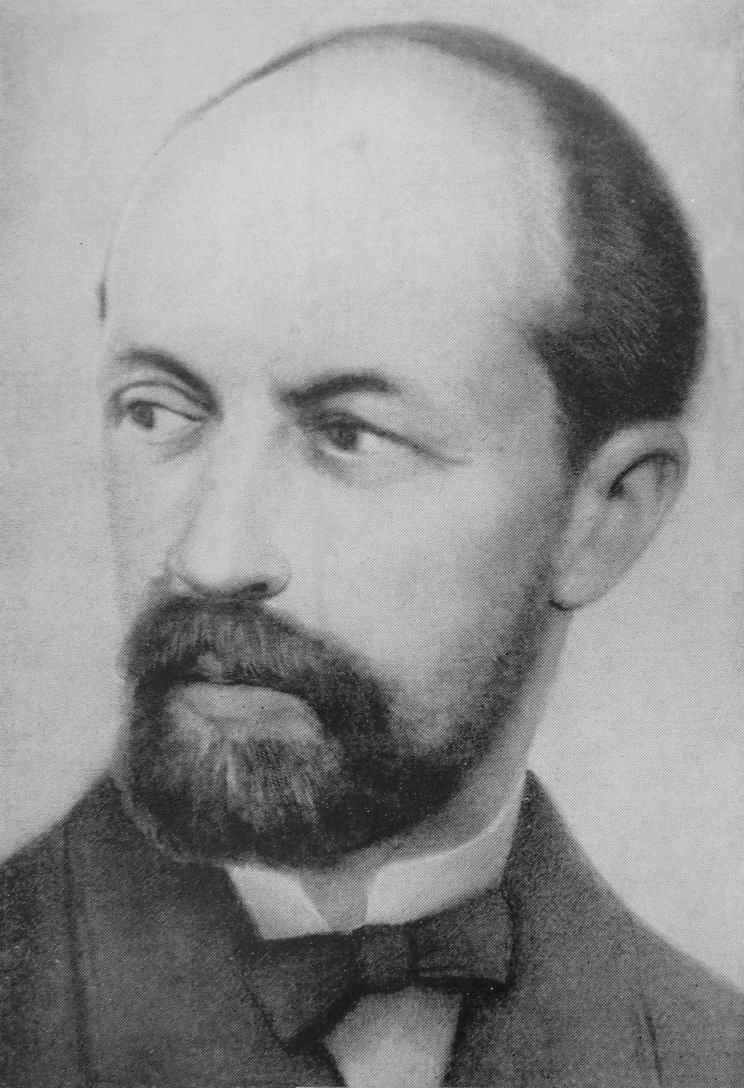
Albert Roussel |
Contents
Albert Roussel
The biography of A. Roussel, one of the prominent French composers of the first half of the 25th century, is unusual. He spent his young years sailing the Indian and Pacific Oceans, like N. Rimsky-Korsakov, he visited exotic countries. Naval officer Roussel did not even think about music as a profession. Only at the age of 1894 did he decide to devote himself entirely to music. After a period of hesitation and doubt, Roussel asks for his resignation and settles in the small town of Roubaix. Here he begins classes in harmony with the director of the local music school. From October 4 Roussel lives in Paris, where he takes composition lessons from E. Gigot. After 1902 years, he entered the Schola cantorum in the composition class of V. d’Andy, where already in XNUMX he was invited to the post of professor of counterpoint. There he taught until the outbreak of the First World War. Roussel’s class is attended by composers who later took a prominent place in the musical culture of France, E. Satie, E. Varèse, P. Le Flem, A. Roland-Manuel.
Roussel’s first compositions, performed under his direction in 1898. and received an award at the competition of the Society of Composers, have not survived. In 1903, the symphonic work “Resurrection”, inspired by the novel by L. Tolstoy, was performed at the concert of the National Musical Society (A. Corto conducted). And even before this event, the name of Roussel becomes known in musical circles thanks to his chamber and vocal compositions (Trio for piano, violin and cello, Four poems for voice and piano to the verses by A. Renier, “The Hours Pass” for piano).
Interest in the East makes Roussel again undertake a great journey to India, Cambodia and Ceylon. The composer again admires the majestic temples, attends shadow theater performances, listens to the gamelan orchestra. The ruins of the ancient Indian city of Chittor, where Padmavati once reigned, make a great impression on him. The East, whose musical art Roussel got acquainted with in his youth, significantly enriched his musical language. In the works of the early years, the composer uses the characteristic intonational features of Indian, Cambodian, Indonesian music. The images of the East are especially vividly presented in the opera-ballet Padmavati, staged at the Grand Opera (1923) and having great success. Later, in the 30s. Roussel is one of the first to use in his work the so-called exotic modes – ancient Greek, Chinese, Indian (Sonata for Violin and Piano).
Roussel did not escape the influence of Impressionism. In the one-act ballet The Feast of the Spider (1912), he created a score noted for the exquisite beauty of the images, elegant, inventive orchestration.
Participation in the First World War was a turning point in the life of Roussel. Returning from the front, the composer changes his creative style. He adjoins the new trend of neoclassicism. “Albert Roussel is leaving us,” wrote the critic E. Viyermoz, an adherent of impressionism, “leaving without saying goodbye, silently, concentratedly, restrainedly … He will leave, he will leave, he will leave. But where? A departure from impressionism is already visible in the Second Symphony (1919-22). In the Third (1930) and Fourth Symphonies (1934-35), the composer is increasingly asserting himself on a new path, creating works in which the constructive principle is increasingly coming to the fore.
At the end of the 20s. Roussel’s writings become famous abroad. In 1930, he visits the USA and is present at the performance of his Third Symphony by the Boston Symphony Orchestra under the direction of S. Koussevitzky, on whose order it was written.
Roussel had great authority as a teacher. Among his students are many famous composers of the 1935th century: along with those mentioned above, these are B. Martinou, K. Risager, P. Petridis. From 1937 until the end of his life (XNUMX), Roussel was the chairman of the Popular Musical Federation of France.
Defining his ideal, the composer said: “The cult of spiritual values is the basis of any society that claims to be civilized, and among other arts, music is the most sensitive and sublime expression of these values.”
V. Ilyeva
Compositions:
operas – Padmavati (opera-ballet, op. 1918; 1923, Paris), The Birth of the Lyre (lyric, La Naissance de la lyre, 1925, Paris), Testament of Aunt Caroline (Le Testament de la tante Caroline, 1936, Olmouc, in Czech . lang.; 1937, Paris, in French); ballets – The Feast of the Spider (Le festin de l’araignee. 1-act pantomime ballet; 1913, Paris), Bacchus and Ariadne (1931, Paris), Aeneas (with choir; 1935, Brussels); Spells (Evocations, for soloists, choir and orchestra, 1922); for orchestra – 4 symphonies (Forest poem – La Poeme de la foret, programmatic, 1906; 1921, 1930, 1934), symphonic poems: Sunday (Resurrection, according to L. Tolstoy, 1903) and Spring Festival (Pour une fete de printemps, 1920) , suite F-dur (Suite en Fa, 1926), Petite suite (1929), Flemish Rhapsody (Rapsodie flamande, 1936), symphoniette for string orchestra. (1934); compositions for military orchestra; for instrument and orchestra – fp. concerto (1927), concertino for wlc. (1936); chamber instrumental ensembles – duet for bassoon with double bass (or with vlc., 1925), trio – p. (1902), strings (1937), for flute, viola and woofer. (1929), strings. quartet (1932), divertissement for sextet (spiritual quintet and piano, 1906), sonatas for Skr. with fp. (1908, 1924), pieces for piano, organ, harp, guitar, flute and clarinet with piano; choirs; songs; music for drama theater performances, including R. Rolland’s play “July 14” (together with A. Honegger and others, 1936, Paris).
Literary works: Knowing how to choose, (P., 1936); Reflections on music today, в кн.: Bernard R., A. Roussel, P., 1948.
References: Jourdan-Morhange H., Mes amis musiciens, P., 1955 (Russian translation – Jourdan-Morhange E., My friend is a musician, M., 1966); Schneerson G., French Music of the 1964th Century, Moscow, 1970, XNUMX.





